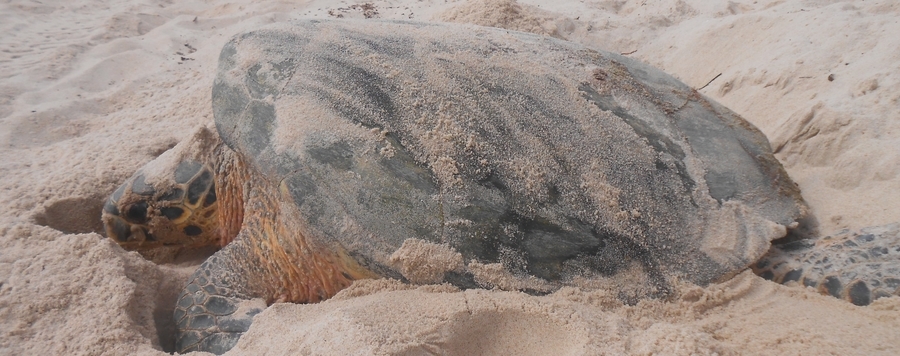
Low Diversity and Strong Genetic Structure Between Feeding and Nesting Areas in Brazil for the Critically Endangered Hawksbill Sea Turtle
Marine turtle nesting areas are characterized by receiving several females every year. The species Eretmochelys imbricata, known as hawksbill turtle is listed as Critically Endangered by the IUCN, and has been the target of studies on genetic structure and population diversity in nesting areas. Therefore, this study aimed to analyze the genetic diversity and haplotype composition of populations sampled in nesting areas from the coast of northeastern Brazil based on the mtDNA D-loop region. We used genetic information and compared it with data from feeding areas available in public databases. We recorded a total of six exclusive haplotypes in the nesting areas and 27 exclusive haplotypes for the feeding areas. The H_1 haplotype was shared in all nesting areas. The turtles of these regions had a low diversity and a genetic structure composed of five divergent groups separating the reproductive areas from the ones of feeding areas. Positive and significant geographical distance relationships were also recorded with FST values (r = 0.2302, p = 0.007). Our results revealed that hawksbill turtles from reproductive areas comprise a single population that needs management strategies to protect the threatened species, in addition to providing information that
contributes to future actions for the species conservation.






